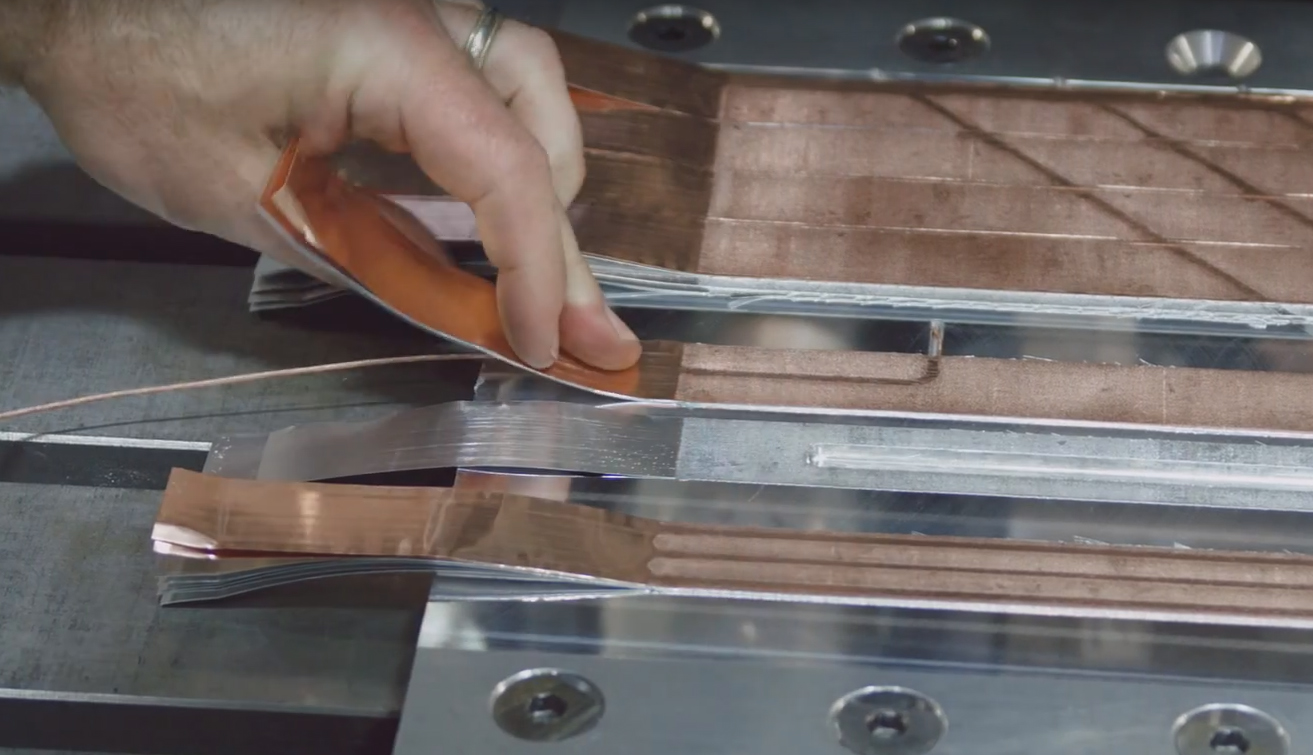Is there a way to join incompatible materials with very different melting temperatures? It turns out there is: by using ultrasound. The Québec Metallurgy Centre (QMC) is the only Canadian research centre to be equipped with an ultrasonic welding machine. Théo Ouellet, a metallurgical engineering technologies teacher at Cégep de Trois-Rivières, joined the QMC to assess and develop the potential of this relatively new technology.
Ultrasound makes it possible to weld elements in solid form, without fusion and therefore without the inconveniences brought about by smoke and fumes.
Ultrasound makes it possible to weld elements in solid form, without fusion and therefore without the inconveniences brought about by smoke and fumes. This additive manufacturing process builds an object layer by layer from metal lamellas. A tool sends high-frequency mechanical vibrations—or ultrasounds—that generate heat. Combined with the effect of the pressure applied to the materials, the energy welds the different elements together, like two strips of Velcro.
While the bond is not always as strong as the ones created using other processes, ultrasonic welding produces parts without bolted joints, which are highly sought after by NASA to reduce the weights of its components. It is also possible to produce parts with hollow sections to insert sensors.
In collaboration with metallurgists and Fabrisonic, which markets welding equipment, Théo Ouellet creates samples to test different combinations of materials. Aluminium and copper work especially well together. The results of the tests will enable Fabrisonic to establish parameters to weld new combinations of materials using ultrasound and meet the industry’s need for high value-added parts.




